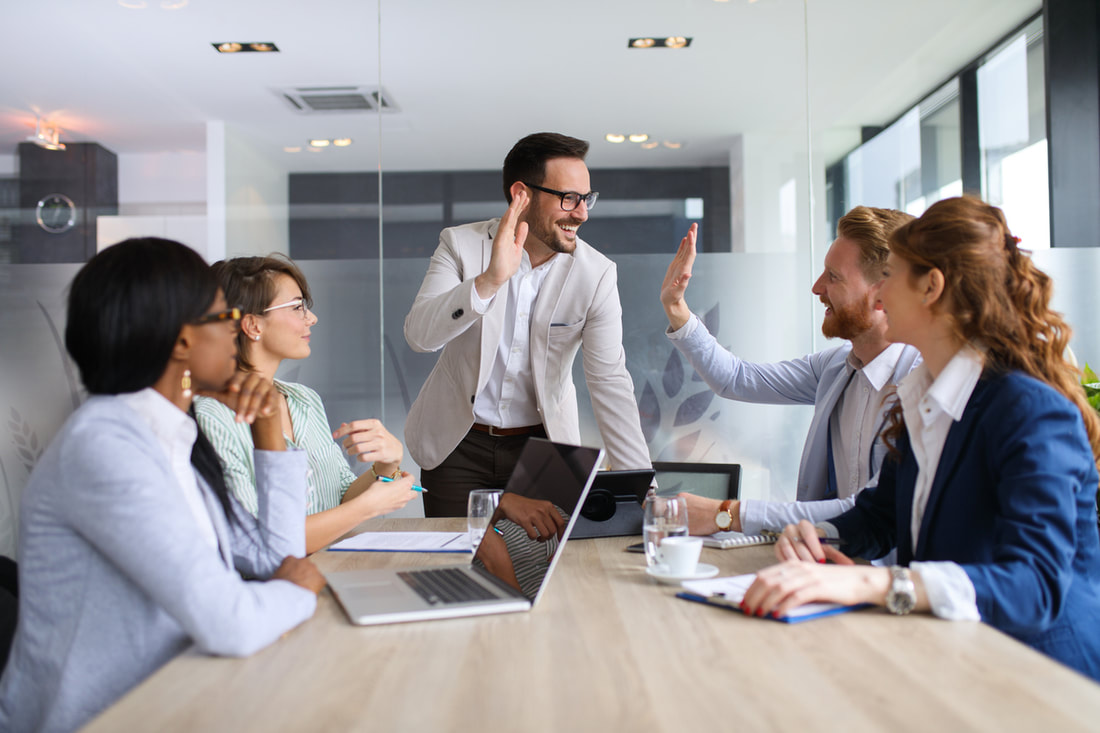|
How would you respond if someone asked you: "What's the main job of a sales manager?" Would you talk about pushing your team to meet quotas? Improving productivity metrics? Driving better performance?
Granted, when we're talking about any position in sales we can't discount the importance of the bottom line. But there's a right way and a wrong way to achieve the results you desire. The right way is to bring out the best in your team. That means supporting each individual member, mentoring him or her, and (at the same time) building a certain level of predictability into your forecasting model. Use KPIs to Build Visibility into Your Sales Funnel If you really want to drive team performance as a sales manager and motivate your individual employees to give their best work, then creating more visibility into the sales funnel should be one of your top priorities. The truth is, sales reps thrive within clear boundaries. When you and your team know which Key Performance Indicators (KPI) are most important to sustained, lasting success — and why they're so important — then everyone can work together to meet the same goals. That's one critical way you can support your team. To paraphrase Tom Petty: You don't want your people to be "out in the great wide open," sales reps without a clue. So now the question becomes: Which KPIs should you focus on? There are a ton of crucial metrics in the world of sales, but let's narrow our discussion down to three big ones:
Let's take these one at a time, and see why they're so important to individual and team performance. 1. Sales Funnel Populations It goes without saying that your organization needs to have a sales funnel with clearly defined stages. After all, your "sales pipeline" becomes much more predictable within such a structured framework. If it's predictable, it's measurable. And if it's measurable, it's improvable. Once you have your sales funnel stages clearly defined (and your sales and marketing departments on the same page), you need to determine three things.
Why are these sales population KPIs so important? For one thing, they're great markers for the overall "health" of your sales funnel. If you see increasing populations, then you can expect revenue growth. If you notice decreasing populations, then you should brace yourself for revenue contraction in the near future. These metrics also provide actionable insights. For instance, they can help your finance team forecast for future demand. They can shed light on which activities are driving growth, and which ones are ineffective. Moreover, they can provide a wonderful point of reference to which you, as sales manager, can align your teams for more stable, quantifiable growth. 2. Conversion Rates We're specifically talking about conversion rates between funnel stages here. There are two key elements in play: the amount of time it takes to move leads from one stage to another, and the quantity of leads that make the conversion. What are good benchmarks for your company? It really depends on your specific business and industry. However, if your percentage of leads moving from the evaluation stage (middle of funnel) to the decision stage (bottom of funnel) is low, or if it's taking those leads a long time to convert, then you'll need to make some adjustments. Why are these two aspects of your intra-funnel conversion rate so important? Basically, for three reasons.
3. Close Rates Finally, it's vital to understand your team's average close rate (aka "quote to close ratio," "lead-to-customer conversion rate," etc.) — both as a whole, and for each individual member. Not only does the close rate help to calculate ROI, but it also provides a baseline from which to manage your sales team. Why are close rates so important for sales managers? Realistically, not everyone on your team is going to be a "sales superstar." But knowing the average close rate for your team can inform your expectations for new team members. In addition, knowing the close rates for individual members can provide a great starting point for your coaching/feedback sessions. This knowledge will also act as an early warning sign if someone needs extra support (for example, if a high performer's rate starts to drop month over month). Your close rates can help you to inject a heavy dose of predictability and transparency into your sales process. They can help you set lofty but reasonable goals for each sales rep, incentivize improved performance, and forecast growth. Leveraging KPIs for Sustained Success There you have it: three important KPIs that every sales manager must use! If you take away one key point from the above information, let it be this: Use your KPIs to create visibility, predictability, and accountability for your sales team — and yourself. When your team members have clear, actionable direction and specific goals to shoot for, they'll not only be more productive — they'll be happier at their job. They'll be able to individually improve themselves. At the same time, you'll be in a better position to mentor and support them on a one-on-one basis. Sales KPIs, when used properly, can be a dashboard for performance, both in terms of revenue and human capital. That's their true power. Don't take it for granted! Of course, there's a lot more to the world of sales management than the three metrics discussed above. If you'd like to chew on some more practical SMB insights and advice, sign up for our newsletter; contact our team; or check out our website for valuable resources and webinars. We'd be happy to help you grow your business, one KPI at a time. Comments are closed.
|
Meet Me
Archives
April 2024
Categories
All
|
|
We are headquartered in Colorado with domestic and international teammates and clients. Please use the contact form on this page to inquire about any of our books, podcasts appearances, speaking engagements and workshops, any of our offerings, or simply to connect.
|
© Improving Sales Performance. All Rights Reserved.



 RSS Feed
RSS Feed
